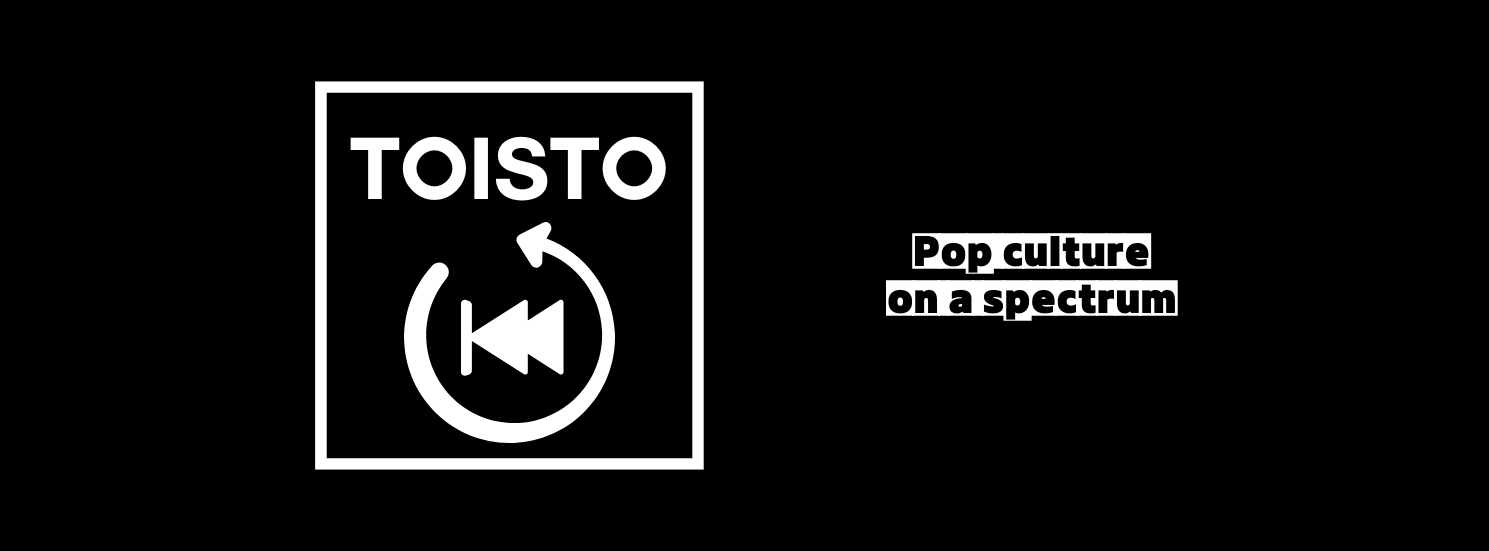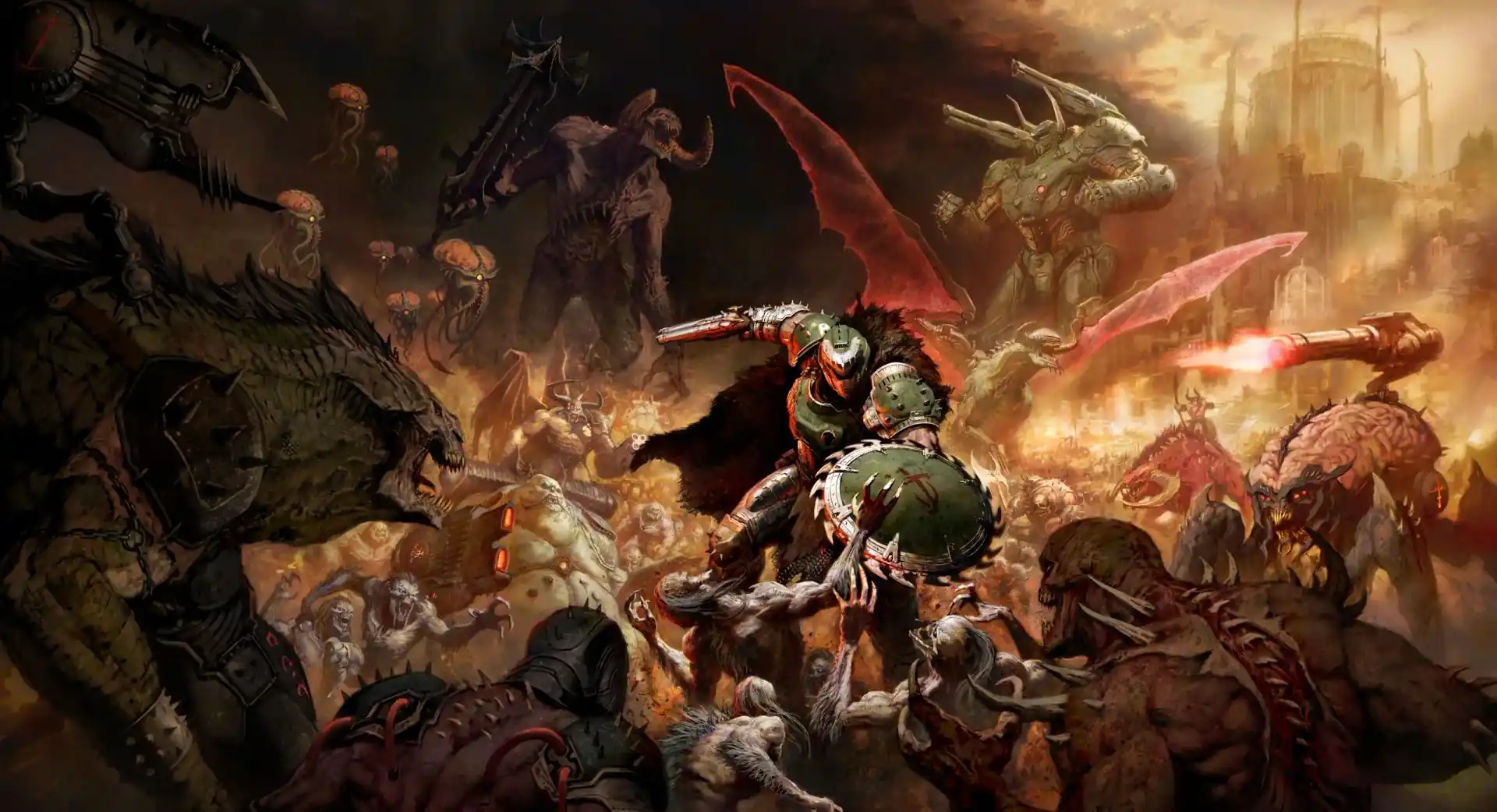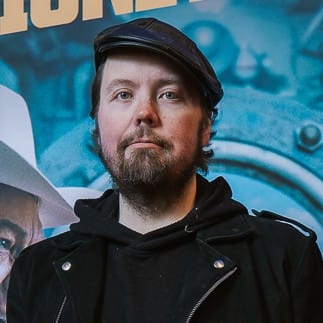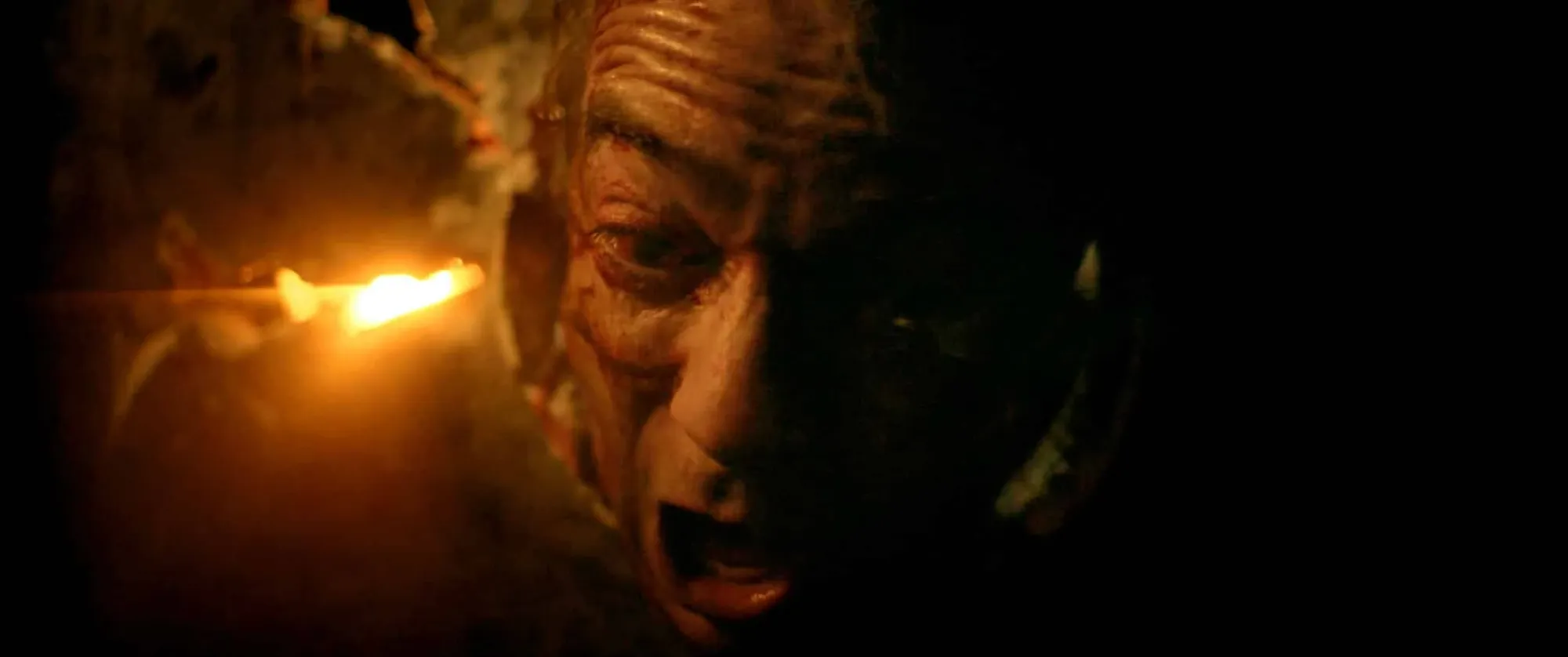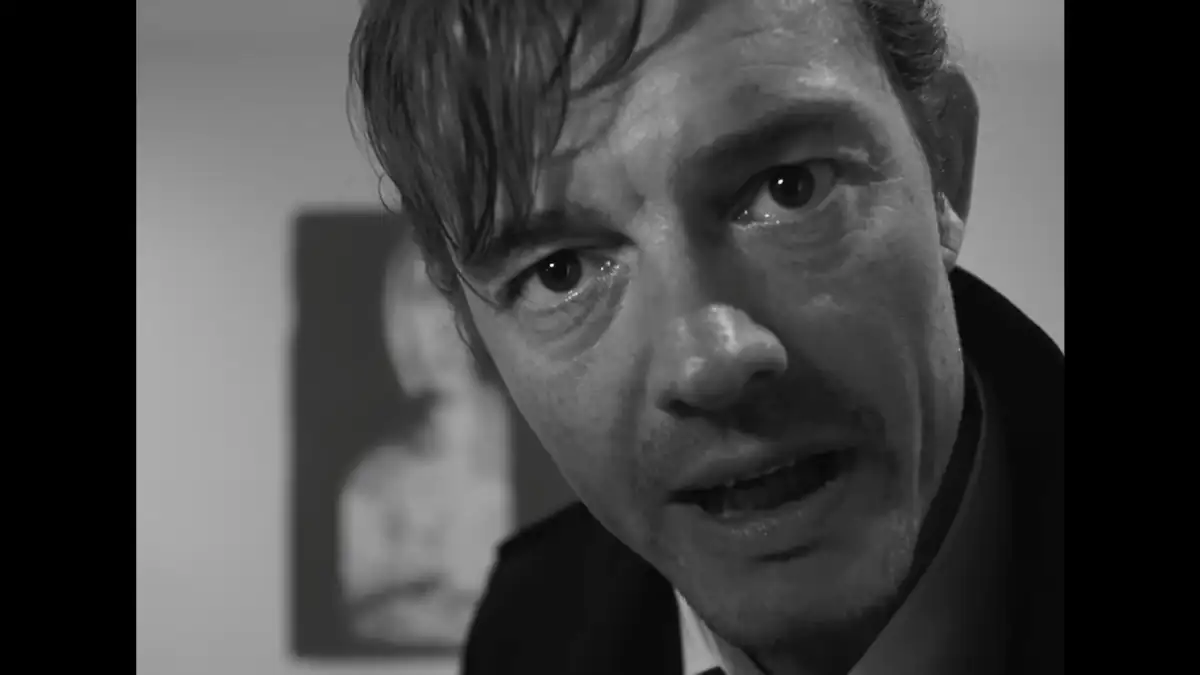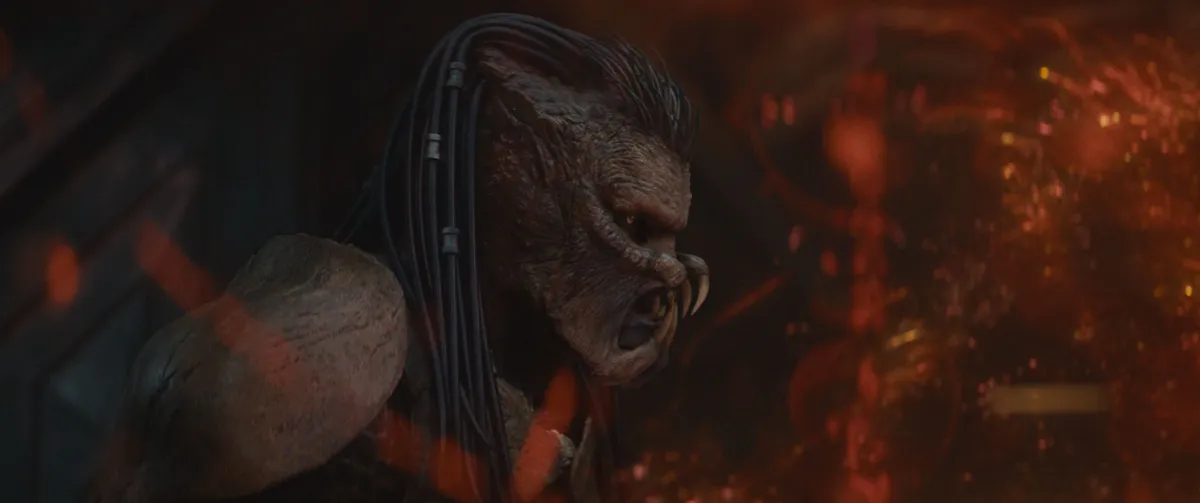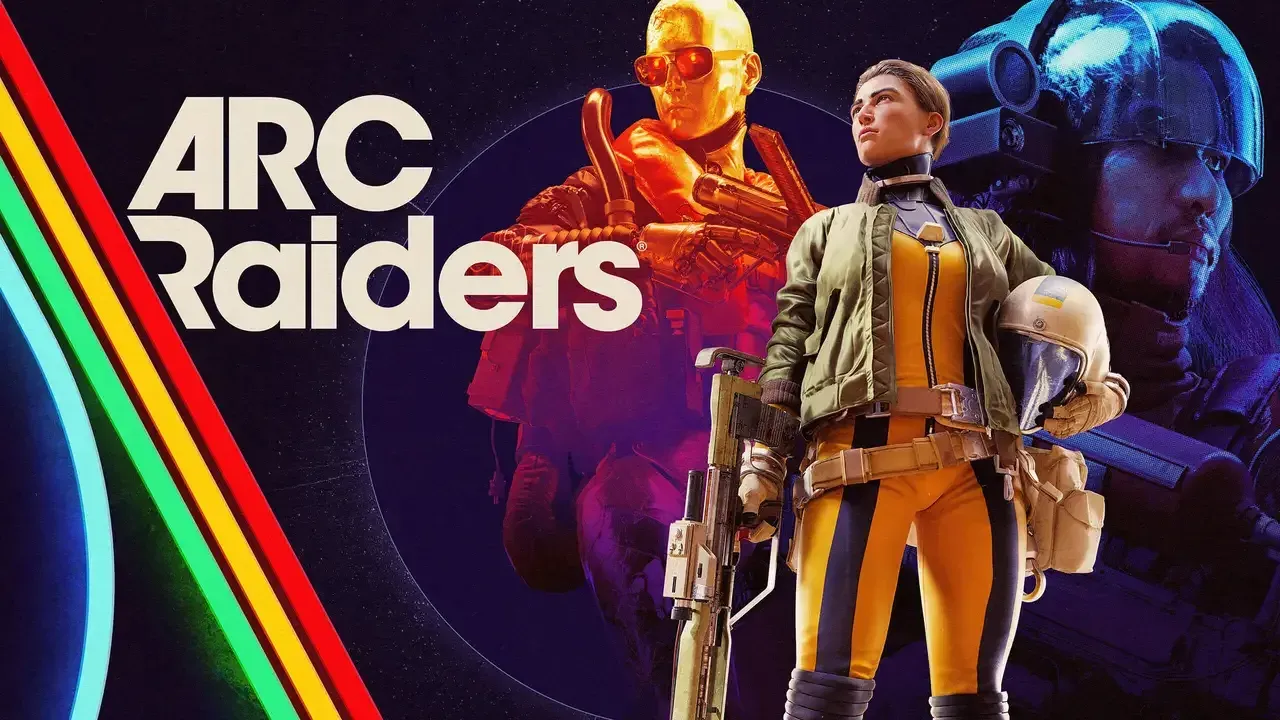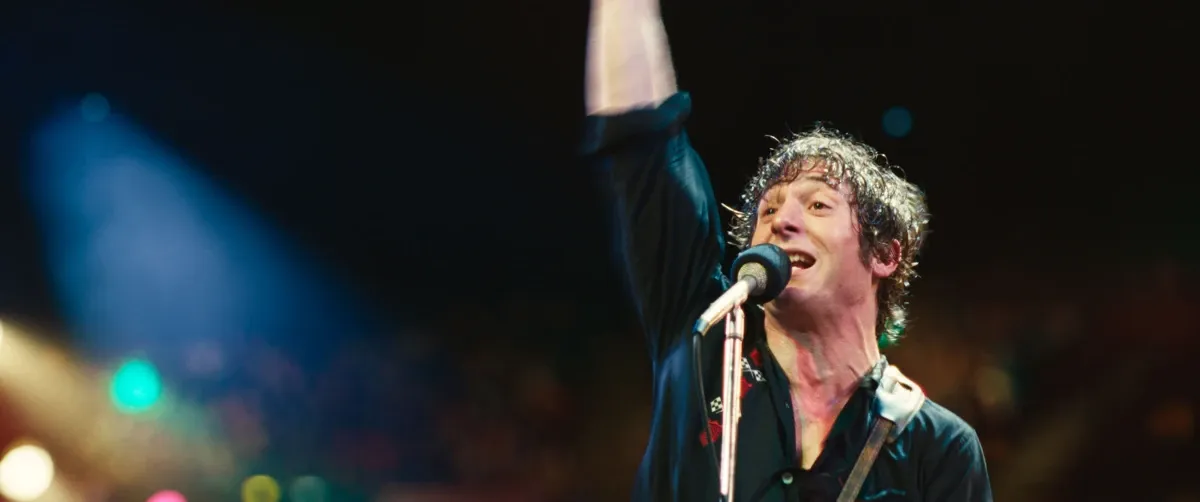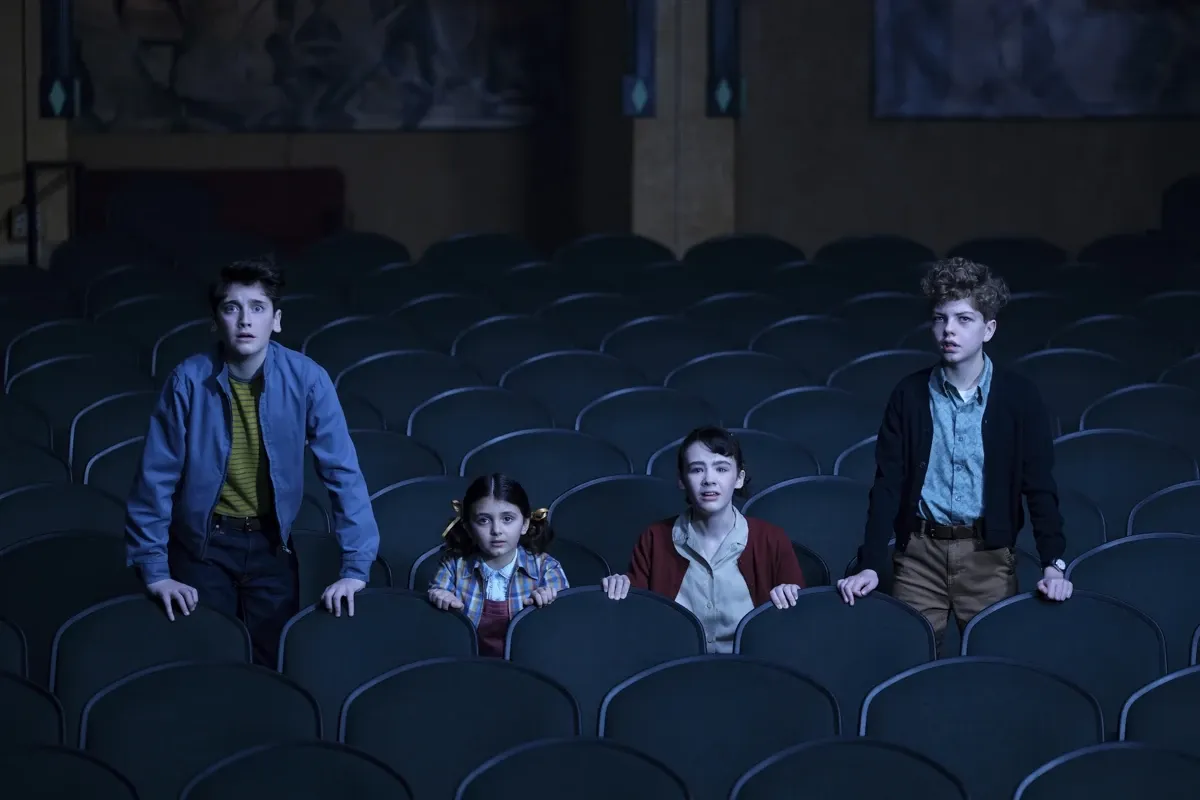A few weeks ago, I took a trip to Frankfurt for a chance to play three hours of DOOM: The Dark Ages, the latest chapter in the iconic shooter series. As a huge fan of the 2016 reboot, DOOM, and an enthusiastic admirer of its harder and bigger sequel, DOOM Eternal, I was excited to see what the folks at ID Software had cooked up this time.
From the outset, it’s clear that DOOM’s foundations are so immovable that even drastic changes to its core can’t shake them. Melee weapons, semi-open world arenas, and even flying sections atop a dragon all feel quintessentially DOOM. Even as they jostle the mammoth series into a new era.

Gameplay has seen major updates
For the purposes of the demo, press got to play four sections of the game, each with a different tone and style.
The first one is the most narrative-heavy, and does a lot to showcase how DOOM has changed even on this front. DOOM 2016 made a gag about how little exposition DOOM Guy wants or needs, most memorably at the start, where he interrupts a lore dump by punching the machine trying to bring him up to speed.
Eternal, on the other hand, went full-on with huge mythological sweeps of story and codex entries, some of which proved a little clumsy for the already bloated experience. Dark Ages, based on the material I got to see, seems to have found a healthy balance between the two. This is DOOM at its most cinematic, bringing to mind a mix of the animated film Heavy Metal and the wacky, half-serious apocalyptic visions of Roland Emmerich.
The setting is the middle-ages, or something close to it, except there are angels, gods, demons, and spaceships. It looks like a cover to a MEGADEATH album, and I love it.
As humanity faces eradication once again, the last bastion of survivors call upon The Slayer, bound into service by the Maykers. It’s clear that he’s not a willing participant in all this, as the divine beings lash him into submission through increasingly painful means.
The Slayer is sent to help out humanity, but his main purpose is to wipe out the hordes of hell — even if it costs expendable lives in the process. There’s a sense of helplessness in the mayhem that adds The Dark Ages the same gravitas that made DOOM 2016 so brutally effective. Like Warhammer 40k, DOOM’s vision of the future is beyond bleak.

The piloting sections are hit and miss
The Slayer quickly enough picks up weaponry and sets forth to pummel some demons into pulp. It’s here that DOOM: The Dark Ages shows its first batch of tricks.
The weapons emphasize quick, up-close-and-personal violence that is all built around aggression. While The Slayer wields a shield, it’s best use is as a weapon instead of defence. A quick five-punch-combo unleashes bursts of energy, while taking out enemies with the shield rewards ammo. Enemy attacks can be parried, which leaves them vulnerable for devastating finishers. Put any of these together, and The Slayer turns into an unstoppable machine that feeds itself with the gore it unleashes.
In the second act, we got to pilot The Atlan, DOOM’s version of the Jagers from Pacific Rim. This strictly linear portion was more to help let off some steam, but it’s such a visual spectacle that it didn’t matter. The Atlan moves with the same grace as the mechs from Titanfall, easily averting enemy punches before delivering salvos of pain effortlessly.

The third act, similarly, was all about mounted combat, showcasing The Slayer piloting a dragon through treacherous territories. This portion, sadly, felt the least polished of the lot. While flying, especially in the larger open areas, had the same thrill as initial runs of Panzer Dragoon, aerial combat was finicky and tedious. Particularly when fighting mounted turrets, which I never got a hang of as the timer for avoiding attacks never seemed to match what was on screen.
Luckily, the open section concluding the dragon ride was stunning enough that it helped overcome woes of the more linear sections. As The Slayer mounts a defence of the capital city, he must bring down enemy warships before entering through the main gates. First, you fly the dragon to one of the ships, take out all the exterior cannons, and then drop into a frenzied close-quarters battle. It’s fast-paced, frenetic, and epic.

The new open areas are supremely impressive
The fourth area we got to play was the largest of the bunch, and the one where I captured all the gameplay footage from. This is one of the large open maps that sets The Dark Ages apart from previous DOOM titles. While those, too, have featured open areas before, The Dark Ages ups the ante by a huge measure. At times, I actually found myself a little lost in the vastness, happily gazing at the superb landscapes and vibrant scenery unfolding in the background.
Every area comes with mini-quests, like stopping siege weaponry from advancing on the capital, or hidden collectibles for fun and profit. Enemies spawn in massive hordes, which at times was quite reminiscent of the unrelenting difficulty of DOOM Eternal. Morale Encounters, which precede mini-bosses, see you beating the ever-loving hell out of demons until their boss starts to quake in its boots. It’s a fun mechanic once you get the hang of it, but I did find myself dying a fair few times before I did.
Luckily, once I got the hang of the combat mechanics and how much the game rewards you for just pushing ahead, I found an immense amount of joy in throwing myself at the armies of hell. The Slayer feels heavier and grander than before. His footsteps shake the ground. His falls create ripples that damage enemies. He has the aura of a Frank Miller wet dream on acid.

As for the weapons, they’re new, yet familiar. You can tell a grinder is a machine gun, even if it doesn’t look the same. The famous shotguns are back, and they still pack a punch. Each weapon has an upgrade trail, meaning there are plenty of ways to play your way.
For me, I found the new melee weapons to be the funnest of the bunch. They’re visceral, fast, and fun. I could play the entire game with them, given the chance, and I hope that DOOM: The Dark Ages has that option in the future. Going into battle against the hordes of hell with just a shield and sword would be so cool, my heart might skip a beat.
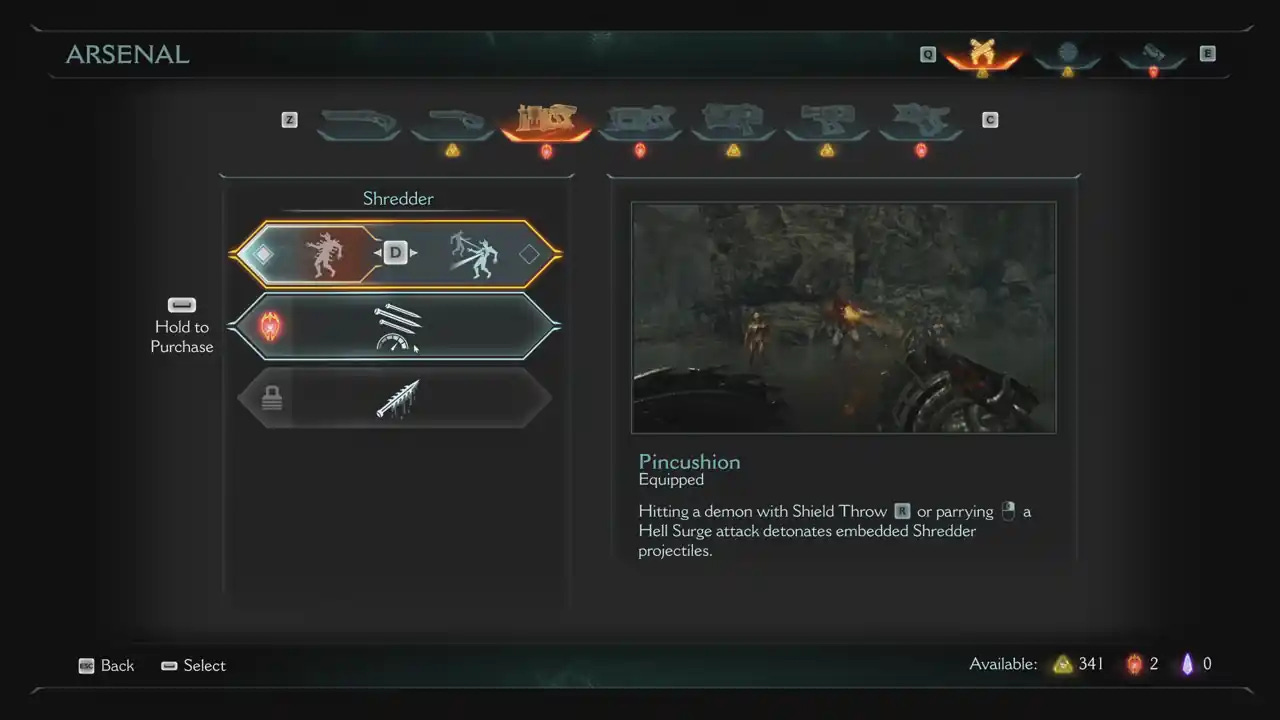
New accessibility options are very welcome
One of the new things I also got take a look at, but not yet fully try, were the accessibility options, which ID Software has reworked even further.
As an autistic gamer with cognitive disabilities, DOOM is a series that I love, but often struggle to master because of its hectic nature. The Dark Ages meets me halfway, and for the first time in the series, I don’t feel like I have to compromise to enjoy the action to the fullest.
There’s a whole host of settings both for audio and visual cues, including helping pings to figure out when strikes will happen, and indicators to point out where an attack is coming from. Difficulty, likewise, is completely customisable. One of the best things about it was the ability to change the windows for parrying and retalation, as much of the boss combat sections depend heavily on them.
Similarly, there’s an immensely welcome emphasis on balance. DOOM is a difficult series, but I felt that Eternal went too far in the hardcore direction. It stopped being fun at some point. Rediscovering where the middle ground is between fun and infurating isn’t easy, and DOOM: The Dark Ages has clearly spent a great deal of time figuring it out.
For example, on the easiest setting, you get a total, unmitigated power fantasy. Nothing can stop you. Every incremental step from there makes the challenge marginally greater, until you hit the levels of permadeath, where a death means you have to start the entire vast campaign from the beginning. Up to that point, every little bit can be adjusted. I can’t emphasize enough what a triumph it is for gamers everywhere.
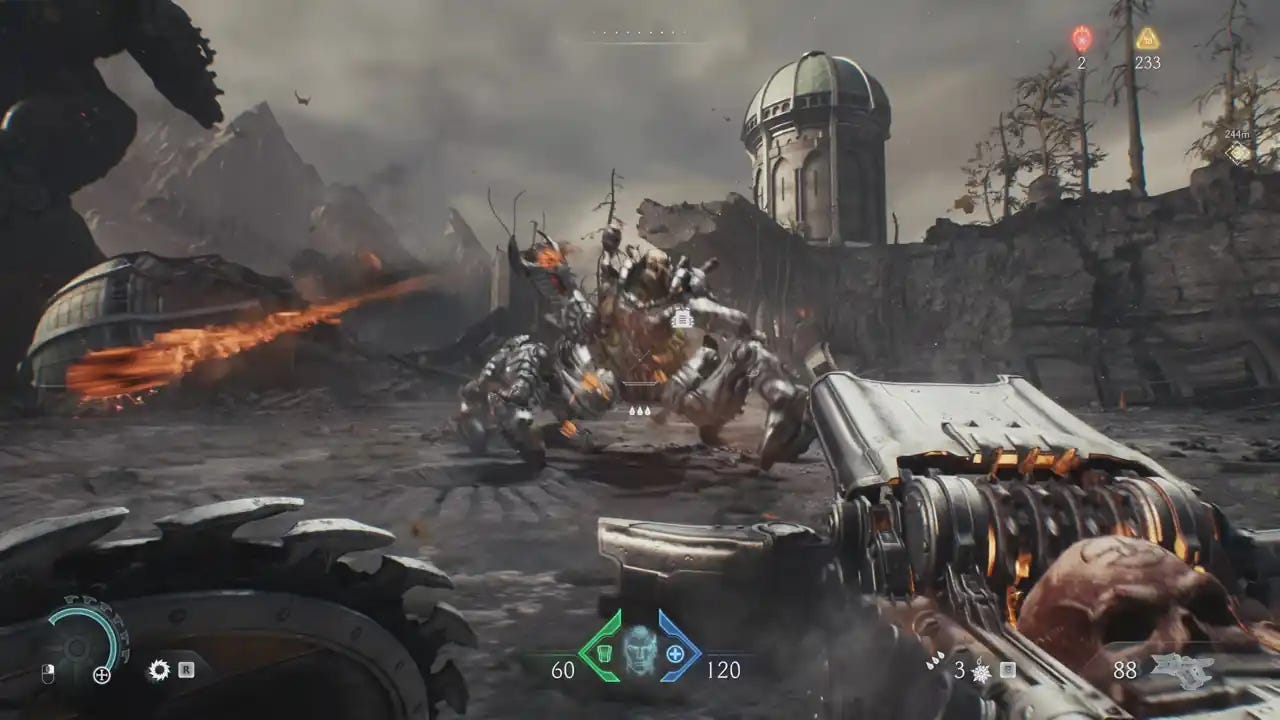
The presentation is masterclass
We got to play DOOM: The Dark Ages on some very, very nice rigs. That being said, I can see this being a gorgeous game no matter what you play on. It runs beautifully and there are some extremely smart decisions made to keep the hordes of hell plentiful, yet managable without melting GPUs.
The soundtrack, composed by Brian Trifon and Brian Lee White, is equally thrilling, hitting the right balance between zen and sacriligous. This is a loud game, but the sound mixing never felt overwhelming — another element that I struggle with in certain games. At every point, I could tell where the attacks where coming from, and the immediate feedback from punches, crunches, and parries delivered the expected rush of endorphins this series is famous for.
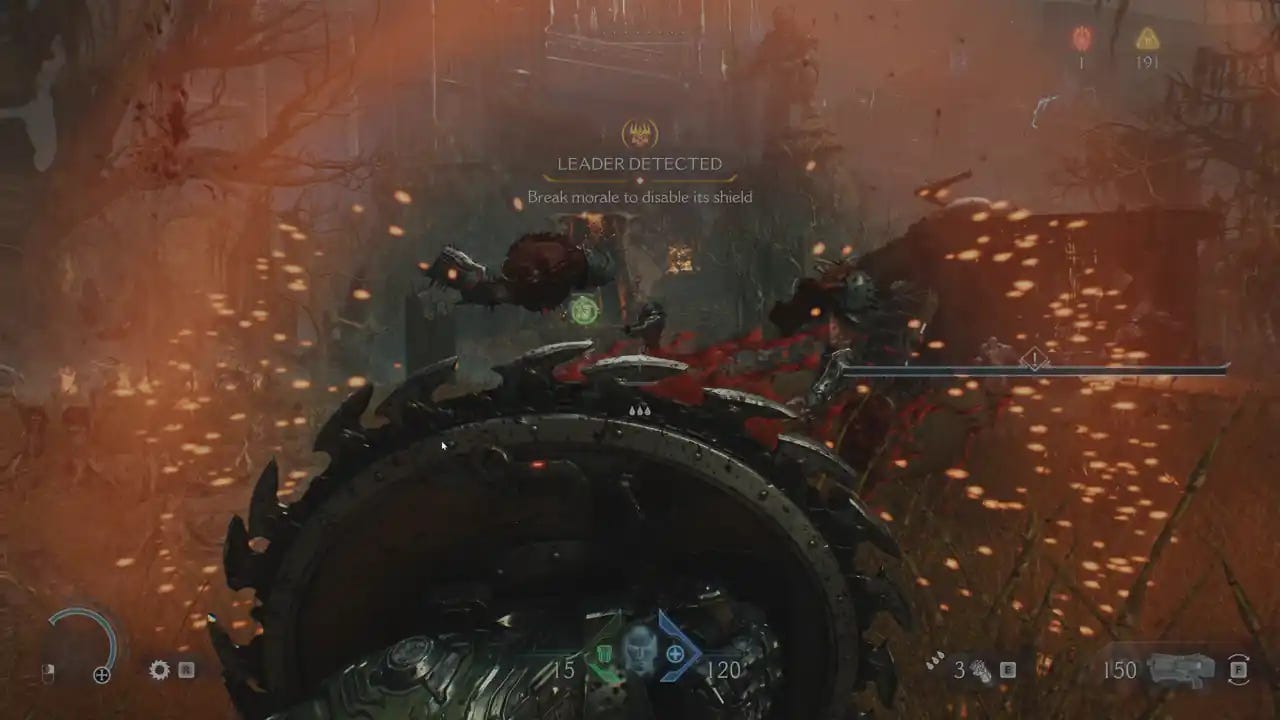
I can’t wait to see the full game
DOOM: The Dark Ages was already on my radar because I love DOOM. But after spending a good three hours with it, I can safely say it’s currently my most anticipated game of the year. Every concern I had about the difficulty or the series growing stale has vanished. I just want to throw my crazy shield around like a satanic Captain America once again, and take out the armies of hell in a gloriously over-the-top fashion.
I’m not certain how the flying or Atlan sections will work out in the big picture, and there is always a concern that DOOM is biting off more than it can chew by introducing so many new elements all at once. But where else are you going to find a big, honest-to-God spectacle like this that emphasizes a single-player experience for all that it’s worth?
When DOOM arrives in May, I’ll be first in line to spend many a sleepless night in its bloodied embrace. I expect great things from it now.
